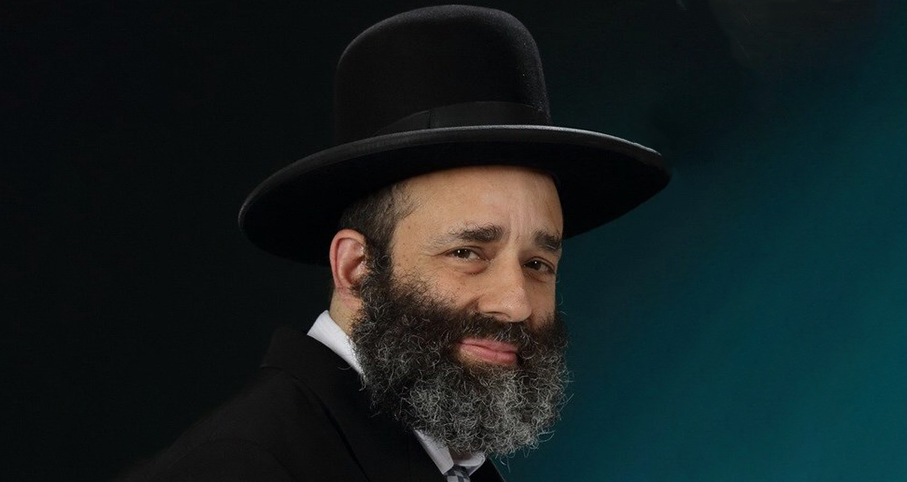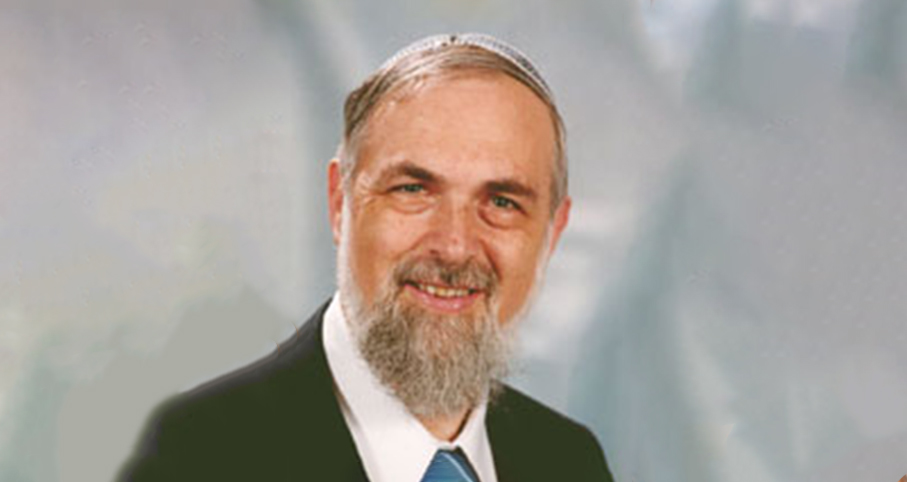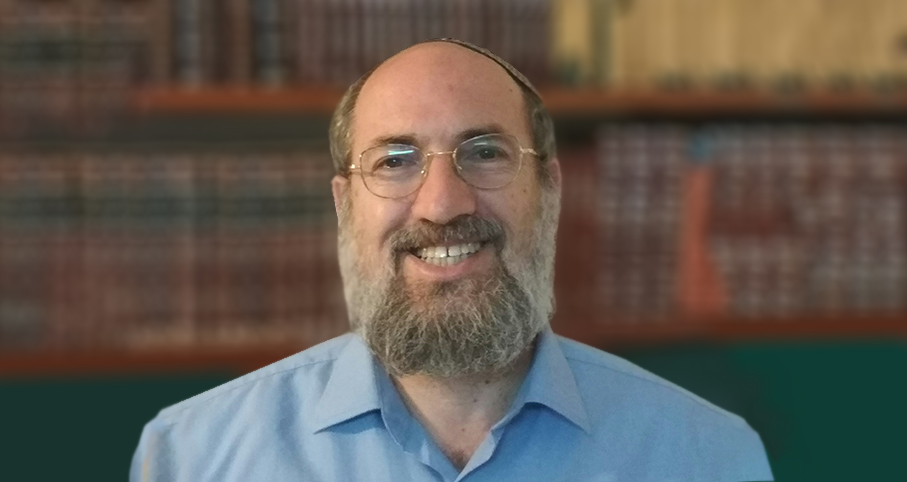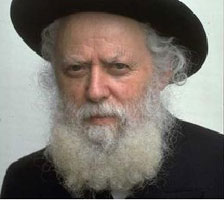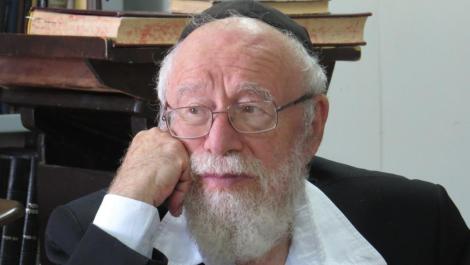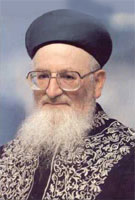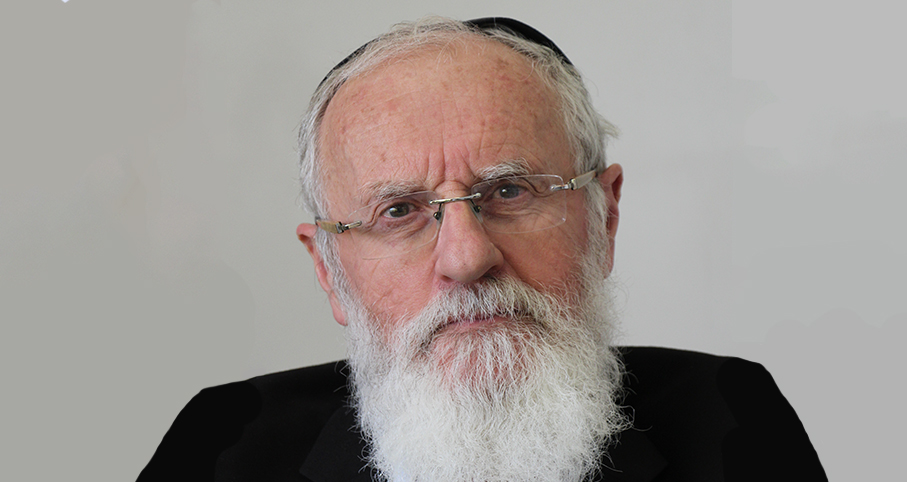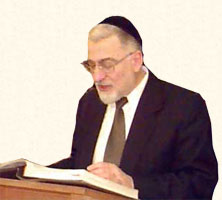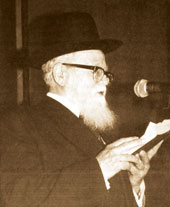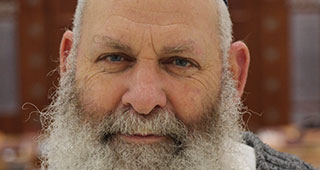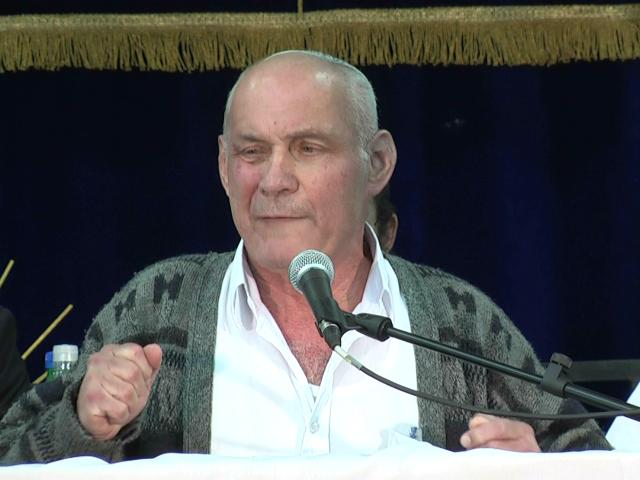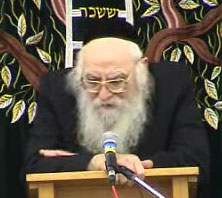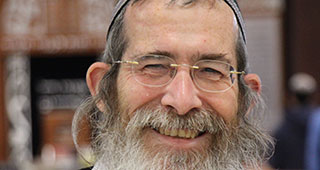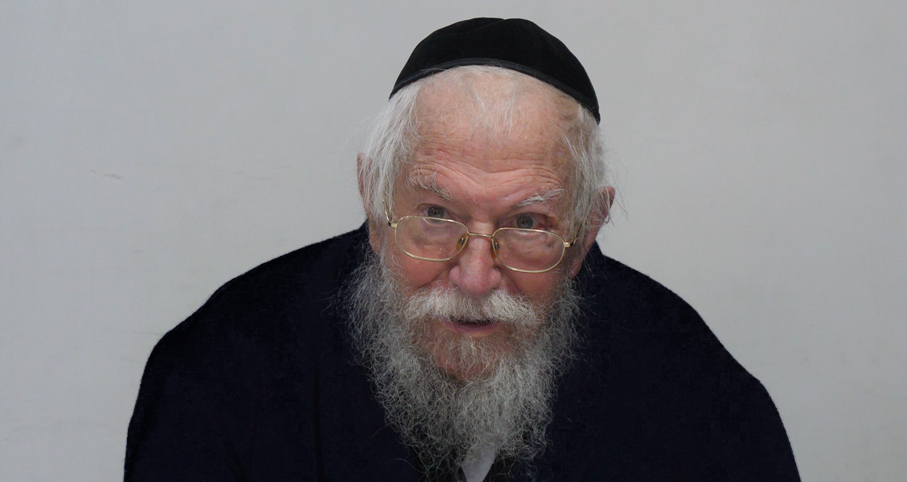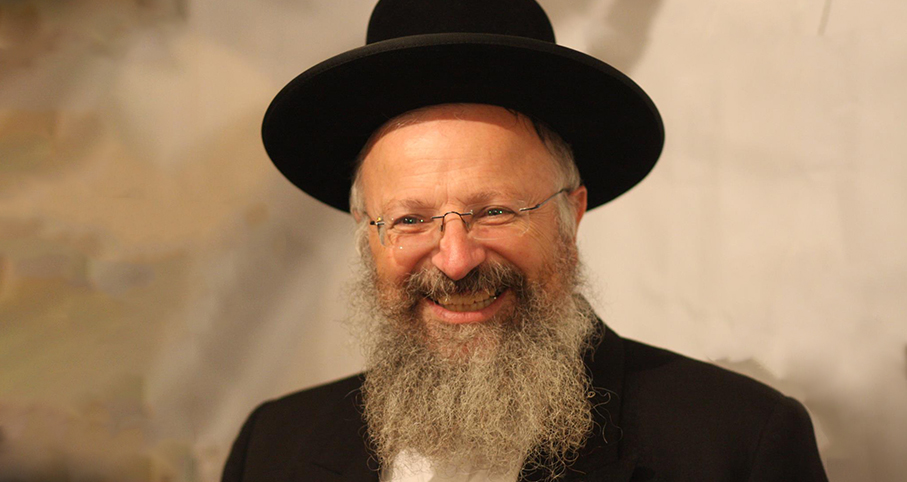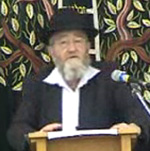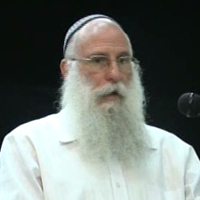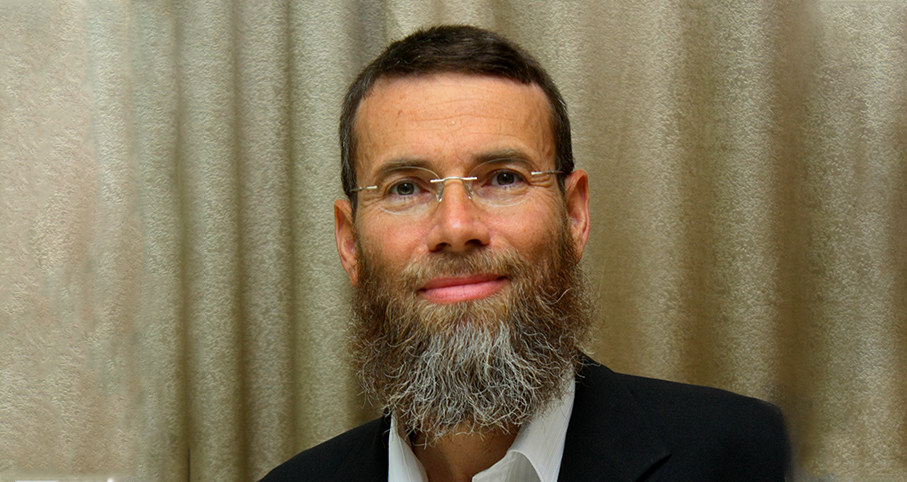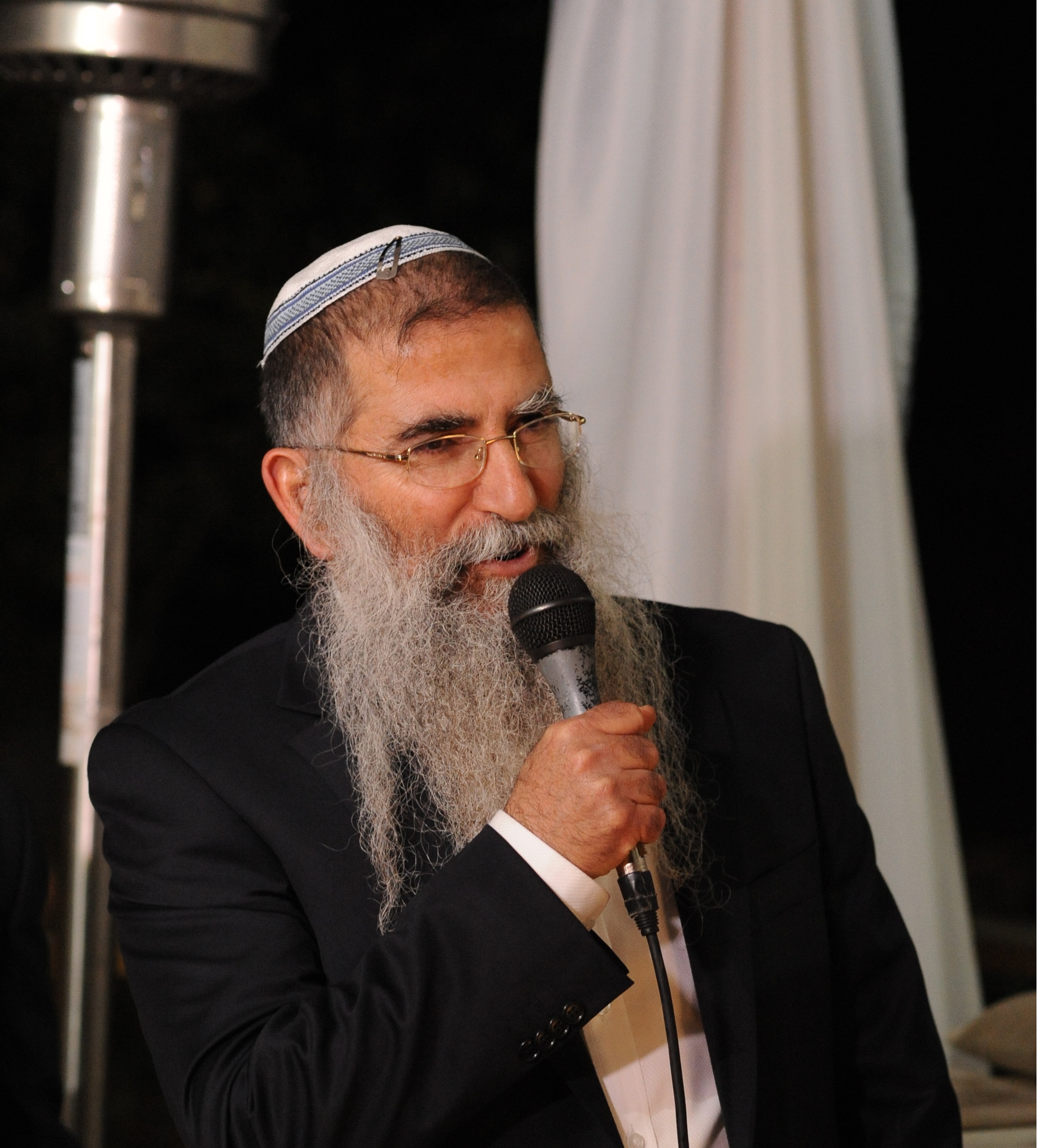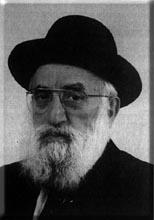Beit Midrash
- Torah Portion and Tanach
- Bamidbar
- Beha'alotcha
"Can there be a mitzvah in the Torah of blowing trumpets if this instrument was not invented until relatively recently?"
Question #2: Bugles
"Someone told me that the correct translation of chatzotzeres is "bugle." Can that possibly be true?"
Introduction:
The association between music and Torah is not usually explored in halachic articles, which is an oversight, since several mitzvos demonstrate this relationship. Among those mitzvos are the singing of select chapters of Tehillim by the levi’im that accompanies the korbanos in the Beis Hamikdash, and the rendition of Hallel on joyous days and occasions. There are also the mitzvos of blowing shofar and of blowing the chatzotzeros, which will be the focus of this week’s article.
The Sefer Hachinuch counts five mitzvos in parshas Beha’alos’cha, Mitzvos #380–384, four of them related to the offering of the korban Pesach on Pesach sheini. The offering of korban Pesach was accompanied with a joyous rendition of Hallel. The fifth mitzvah mentioned by the Sefer Hachinuch is that of blowing trumpets, and can function as a commentary on the following verses:
"And Hashem spoke to Moshe saying, ‘Make for yourself two trumpets of silver; make them (out of silver) by hammering them. And their purpose shall be for calling the community and having the camps embark on their journey. When they are blown a continuous blast, all the community shall gather to the entrance of the ohel mo’eid. But if one trumpet is sounded, then the leaders, the heads of the thousands of Yisraelites, shall gather to you. Upon blowing a staccato sound, then the camps that are easternmost shall embark. Upon blowing a second staccato sound, then the southernmost camps shall begin the journey. They shall blow a staccato sound to begin their journey. And when you gather the congregation, blow a continuous sound and not a staccato one. The sons of Aharon, the kohanim, shall blow the horns, and this should be for them a law for all generations. Furthermore, when you enter into a war in your land against an oppressor who afflicts you, you shall blow a staccato sound on the trumpets. Thereby, you will be remembered before Hashem, your G-d, and you will be saved from your enemies. And on the days that you celebrate -- your festivals and your new moons -- you shall blow a continuous sound on the trumpets upon your ascent offerings and your peace offerings and it will be a remembrance for you before your G-d, for I am Hashem, your G-d" (Bamidbar 10 1-10).
What does the Torah mean in the last verse we quoted: "You shall blow a continuous sound on the trumpets upon your ascent offerings and your peace offerings?" This means that when these korbanos are offered, they are accompanied by the tekiah blasts (the continuous sounds) of the two silver trumpets.
The Sifrei adds that, when the staccato teruah was sounded, it was accompanied by a tekiah sound before and after, and that this is done three times, similar to the order that we blow on Rosh Hashanah. (We blow more than nine sounds on Rosh Hashanah, but that is not the topic of this article.) However, this is only when blowing the teruah sounds that announce the traveling of the camps. When the trumpet blows a tekiah to beckon the elders or the people to come, it is sounded alone (Sifrei).
Horn or trumpet?
Above, I translated the word chatzotzeres as trumpet, as does every translator that I have seen, although it is not fully accurate. The modern trumpet contains valves that allow it a range of pitch which the chatzotzeres does not have. The modern instrument that resembles the chatzotzeres most closely is probably a bugle, which has no keys or valves. However, since most people associate the bugle with such melodious pieces as taps and reveille, neither of which has halachic significance, translating chatzotzeres as bugle will raise a lot of eyebrows. Instead, I decided to use the word trumpet, and we will assume that we are referring to the ancient version of this instrument, not its modern update.
At this point, let us spend a few minutes discussing some of the technical halachos of this mitzvah of blowing trumpets.
Identical
Although I have found no halacha describing the size or the appearance of the trumpets, the halacha is that the two trumpets should be manufactured in such a way that they appear identical – they should have the same exterior form, size, height, and beauty (Sifrei).
Hammered from silver
The mitzvah of the Torah is that each chatzotzeres be hammered from a solid piece of silver. It may not be manufactured the easy way – by melting the silver and pouring it into a mold – which would also make it quite easy to have identical instruments. By comparison, no two handcrafted Stradivarius violins are identical, whereas standard, commercially-made instruments, including the Chinese-made, full-sized, plastic shofaros ubiquitously sold in the Arab shuk in Yerushalayim in Elul, are identical, down to their natural-looking scratch marks, except for their color and whether they are curved towards the right or towards the left.
The chatzotzeres could not be made of copper, brass (a copper-zinc alloy often used for the manufacture of musical instruments), or any other metal, but only of silver (Menachos 28a). If fashioned from any metal other than silver, it is not kosher for fulfilling the mitzvah.
How many trumpets?
In addition to the function of the trumpets mentioned in this week’s parsha, they were also played as part of the orchestra that joined the levi’im’s singing when korbanos were offered. The Mishnah (Arachin 13a) teaches that this orchestra had many instruments, including at least two trumpets, but it could have as many as 120 trumpets. Based on the report (Divrei Hayamim II 5:12) that when Shelomoh Hamelech dedicated the Beis Hamikdash, the orchestra included 120 chatzotzeros as well as many other instruments, the Gemara (Arachin 13b) rules that the orchestra performing with the levi’im singing the shira could add as desired, as many as 120 trumpets! Tosafos (Arachin 13a) discusses whether one could actually have more, but that the Gemara means that once one’s orchestra has 120, there is no need to seek more.
However, germane to the mitzvah of blowing the chatzotzeros, the Sifrei writes explicitly that one may use only two trumpets.
Who blows?
The posuk that we quoted above states explicitly that "the sons of Aharon, the kohanim, shall blow the horns" and this point is noted by several authorities (Sefer Hachinuch; Turei Even, Rosh Hashanah 26b s.v. ushetei; Maharam Shik Mitzvah #385). The Rambam (Hilchos Klei Hamikdash 3:4-5, as explained by Sefer Hachinuch) draws a distinction between the blowing of the trumpets that was a special mitzvah performed on the festivals, when they were blown only by kohanim, and the orchestra that accompanied the daily korbanos, when the trumpets were blown by levi’im.
The tana’im dispute whether a kohein who is a baal mum, blemished and therefore not permitted to perform the avodah in the Beis Hamikdash, may blow the chatzotzeres when it is required to be blown by a kohein. Rabbi Akiva rules that he may not, and that it must be blown by a kohein who may perform the avodah, whereas Rabbi Tarfon permits it (Sifrei).
A master blaster
In this context, the Sifrei quotes an interesting anecdote. After Rabbi Tarfon and Rabbi Akiva each demonstrated the halachic source for his position, Rabbi Tarfon exclaimed: "I can no longer take this! You keep gathering and creating new laws! I know that I saw my mother’s brother, Shimon, who was a kohein with a severe blemish in his leg, blow the chatzotzeres in the Beis Hamikdash!" To this Rabbi Akiva calmly answered, "Perhaps he was blowing the trumpet on Rosh Hashanah or on Yom Kippur of the yoveil year," when the blowing of the trumpet could be performed even by a Yisroel and certainly by a blemished kohein. Rabbi Tarfon then replied, "You are correct! How fortunate are you, Avraham Avinu, that you produced a descendant, Akiva! Tarfon sees things and misunderstands them, whereas Akiva figures out what is the correct halacha! One who separates himself from you, Akiva, is separating himself from life!"
(Although Rabbi Akiva’s father was a geir tzedek, he was descended from Avraham Avinu on his mother’s side, since she was born of a Jewish family.)
Two mitzvos of shofar
Thus far we have been discussing the mitzvah of blowing the trumpets. There is also a different mitzvah of the Torah, or actually two, to blow the shofar, which is, of course, an animal horn. Most people are surprised to discover that the 613 mitzvos include two mitzvos of shofar. In addition to blowing shofar on Rosh Hashanah, there is a mitzvah to blow the shofar on Yom Kippur of the yoveil year, the fiftieth year of the calendar cycle. This is to fulfill what the Torah teaches in parshas Behar, Veha’avarta shofar teruah bachodesh hashevi’i be’asor lachodesh beyom hakippurim, "And you shall blow a staccato sound on the shofar in the seventh month on the tenth of the month – on Yom Kippur" (Vayikra 25:9).
This blowing of the shofar announces that the Jewish slave, the eved ivri, now goes free, and that the land returns to the ownership of its previous inhabitants. It is, of course, made famous to non-Jewish inhabitants of the United States by its use on the Liberty Bell in Philadelphia, where the end of this posuk in parshas Behar (Vayikra 25:10) is quoted, "And ye shall hallow the fiftieth year, and proclaim liberty throughout all the land unto all the inhabitants thereof."
The shofar is blown on Yom Kippur of the yoveil year the exact same way that it is blown on Rosh Hashanah (Rambam, Hilchos Shemittah Vayoveil 10:10-11). This mitzvah, which the Rambam counts as mitzvas aseih #137 and the Sefer Hachinuch counts as mitzvah #331, applies only when each sheivet of the Jewish people lives in Eretz Yisroel on its own land (Rambam, Hilchos Shemittah Vayoveil 10:8). The custom of blowing the shofar at the close of Yom Kippur is so that we remember the mitzvah of blowing shofar on Yom Kippur of the yoveil year.
Bell versus shofar
It is interesting that the founders of the American republic decided to proclaim liberty with a bell, albeit one that cracked the first time it was used, rather than with a shofar, as the Torah states. However, this does not mean that bells were never used in the Beis Hamikdash. As a matter of fact, a bell was used as part of the orchestra in the Beis Hamikdash (see Mishnah, Arachin 13a).
Trumpets with shofar
The Mishnah (Rosh Hashanah 26b) and Gemara (ibid. 27a) record that, in the Beis Hamikdash, the trumpets were accompanied by the shofar, and, vice versa, when there was a mitzvah to blow shofar, the trumpets accompanied the shofar. Whichever was the primary mitzvah on that day was blown in the middle, and the other instrument was blown alongside (Mishnah Rosh Hashanah 26b). Thus, on Rosh Hashanah and Yom Kippur of the yoveil year, the shofar was in the middle with two trumpets, one on each side, whereas on a fast day, the trumpets were in the middle and two shofaros were blown, one on each side (Rashi ad locum).
This practice of blowing the shofar and the trumpets simultaneously is derived from the posuk in Tehillim (98:6): Bachatzotzaros vekol shofar heiri’u lifnei hamelech, Hashem, "With trumpets and the sound of the shofar, call out before The King, Hashem." The Gemara explains that only "before The King," that is, in the Beis Hamikdash, should one blow both trumpets and shofar at the same time. Outside the Beis Hamikdash, one should blow either a shofar or the trumpets, but they were never both blown on the same occasion (Rosh Hashanah 27a).
Celebration or fast?
All of this important discussion also serves as an introduction to the following. When the Rambam counts blowing the chatzotzeros as one of the 613 mitzvos, he includes as one mitzvah both blowing them on the festivals and blowing them during times of travail. Let me quote his words in the Sefer Hamitzvos:
"Mitzvah #59 is that He commanded us to blow the trumpets in the Mikdash when we offer the korbanos on the festivals... Similarly, we are commanded to blow the trumpets during times of necessity and difficulty." We see that the Rambam extends the Torah’s requirement to blow the trumpets when an enemy threatens to include any communal difficulty.
The Rambam explains the law at greater length in the Mishneh Torah, where he writes:
"One of the mitzvos of the Torah is to cry out and to blow the trumpets for any travail that comes on the community… whether it is drought, plague, locusts, or anything similar… This is one of the steps whereby one does teshuvah. When a difficulty occurs, they should cry out…. They must all realize that the difficulties are a result of their misdeeds… and that teshuvah is what will relieve the difficulty. However, should they not cry out nor blow the trumpets, and, instead, attribute the malady to happenstance and coincidence -- this is a cruel way to live one’s life that causes one to entrench himself in his evil ways. This results in increased strife. This is precisely what the Torah describes when it refers to vahalachtem imi bakeri... The Rabbis extended this idea to include fasting on every malady that happens to the community, until Heaven has mercy. During these fast days, one cries out in prayer and beseeches and blows the trumpets. In the Beis Hamikdash, one also blows shofar… Blowing trumpets and shofar together take place only in the Beis Hamikdash…" (Rambam, Hilchos Taanis 1:1-4)
Thus, we see that the Rambam understands that the mitzvah of blowing trumpets is not simply a specific single act of blowing the horns, but it is a mitzvah used to create days which the community devotes to collective teshuvah.
Altogether, the Rambam counts three different mitzvos that involve sounding instruments: Blowing shofar on Rosh Hashanah, blowing shofar on yoveil, and blowing the trumpets on festivals and fast days.
The Rambam (Sefer Hamitzvos #137) explains why he counts the mitzvos of shofar as two separate mitzvos. "It is known that this shofar blowing, which is in yoveil, is intended to publicize the freedom. It is a type of a declaration, as said, ‘And you shall call out freedom in the land to all the inhabitants of the designated land.’ And it is a different theme from the blowing on Rosh Hashanah, which is to provide a commemoration of ourselves before Hashem, whereas this one (of yoveil) is to free the slaves" (See Pri Megadim, Orach Chayim, Mishbetzos Zahav 576:2.)
One mitzvah or two?
A very basic question is raised by the primary commentary on the Rambam, the Magid Mishnah: Why does the Rambam count shofar as two mitzvos, one on Rosh Hashanah, and one in the yoveil year Yom Kippur, yet he counts the blowing of the trumpets for the festivals and for the fast days as one mitzvah? Several answers are provided to this question; I will share with you some of them:
Tooting a different mitzvah
The Maharam Shik, who wrote a book on the 613 mitzvos, explains that the Rambam, indeed, did not combine the two types of horn blowing as one mitzvah. Rather, the Rambam considered blowing trumpets as a detail that would be included as part of the laws of offering each korban. In other words, the offering of each type of korban is counted as a mitzvah of the Torah. However, the specific details and steps involved in offering each korban are not counted as separate mitzvos. Similarly, explains the Maharam Shik, blowing the trumpets to accompany the offerings is included as a detail in the offering of that particular korban, rather than as a separate mitzvah (Maharam Shik, Mitzvah #385).
A similar approach is suggested by a different commentary (Mirkeves Hamishneh, Hilchos Taanis 1:1), which explains that blowing the trumpet is not counted as a separate mitzvah but is included under the mitzvah that the levi is responsible for his tasks in the Mikdash, which includes also singing the psalms, guarding the Mikdash and opening the gates (see Rambam, Hilchos Klei Hamikdash 3:2).
These two approaches can be used to explain how a different rishon, the Semag, understood these mitzvos. When in parshas Beha’aloscha he quotes the mitzvah of blowing the trumpets, he limits it to the blowing that transpires when the offerings are brought on the festivals (Semag, Mitzvas Aseih #170). He counts as a separate mitzvah the levi’im carrying out their responsibility in the Mikdash, and includes the laws of their blowing of the trumpets there (Semag, Mitzvas Aseih #169). Furthermore, he counts a different mitzvas aseih (#17), which the Rambam does not, that might include the observance of days of public teshuvah. He defines mitzvas aseih #17 as a positive mitzvah of the Torah to recognize that everything that happens is divinely controlled, and to understand that when difficult situations arise it is Hashem’s admonition to us to return to Him. This would seemingly include the same mitzvah as the Rambam’s extended responsibility to the community that they cry out "rather than attribute the malady to happenstance and coincidence."
Although we have rallied support for such an approach to the organization of these mitzvos, the Rambam himself did not explain the organization of the mitzvos this way, since he states very clearly that mitzvah #59 includes blowing the trumpets both for the festivals and for the fast days. Allow me to quote him again, "Mitzvah 59 is that He commanded us to blow the trumpets in the Mikdash when we offer the korbanos of the festivals… We are also commanded to blow the trumpets in times of difficulty and trouble, when we cry out to Hashem." Thus, we see that the Rambam felt that these two aspects of trumpet blowing count as one mitzvah, notwithstanding his position that the two mitzvos of blowing shofar should be counted as two different mitzvos. Thus we revert to the Magid Mishnah’s question: Why did the Rambam count the two occasions that we blow shofar, Rosh Hashanah and yoveil as two different mitzvos, yet he counted the two occasions that we blow the trumpets, for korbanos and in times of travail, as one?
Difference between shofar and trumpets
The Sefer Hachinuch explains that blowing the trumpets, whether to accompany the korbanos on the festivals or on the days of travail, has the same purpose: To get people to focus on why they are offering korbanos or fasting – they serve as a wake up call.
Conclusion
Rav Hirsch explains that, notwithstanding the doubled letter tzadi, the root of the word chatzotzeres is the same as the word chatzeir, which means court or courtyard. The verb chatzeir means to form a court around oneself. The word chatzotzeres means an instrument whose purpose is to draw together people to form a court. Thus, the entire meaning of the Hebrew word for trumpet is its use to bring Klal Yisroel together. As we now understand, this function might be because it is a time of difficulty, but it might also be in a time of joy to celebrate as a community. May Hashem help us come together to celebrate, as an entire community, ultimate happiness!
This Shiur is published also at Rabbi Kaganof's site
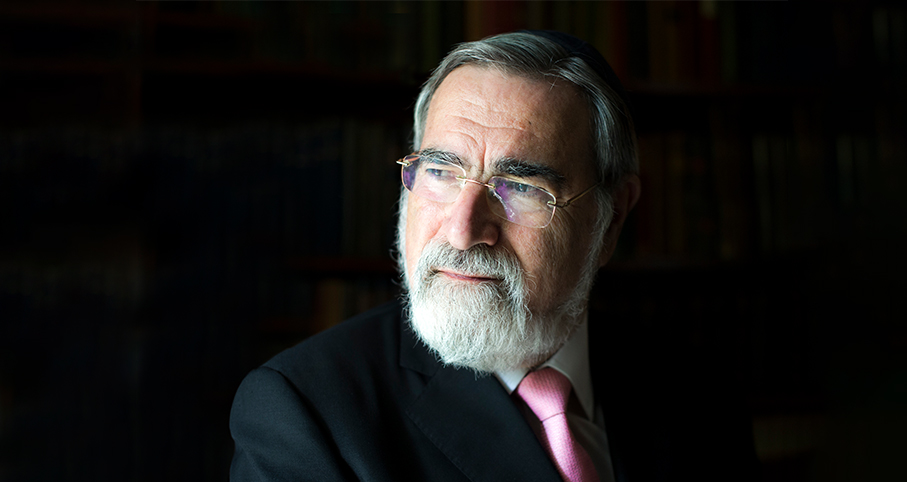
From Pain to Humility
Rabbi Jonathan Sacks | Sivan 10 5782

Missing a Mitzvah
Parashat Beha’alotecha
Rabbi Chanoch Yeres | sivan 5764

